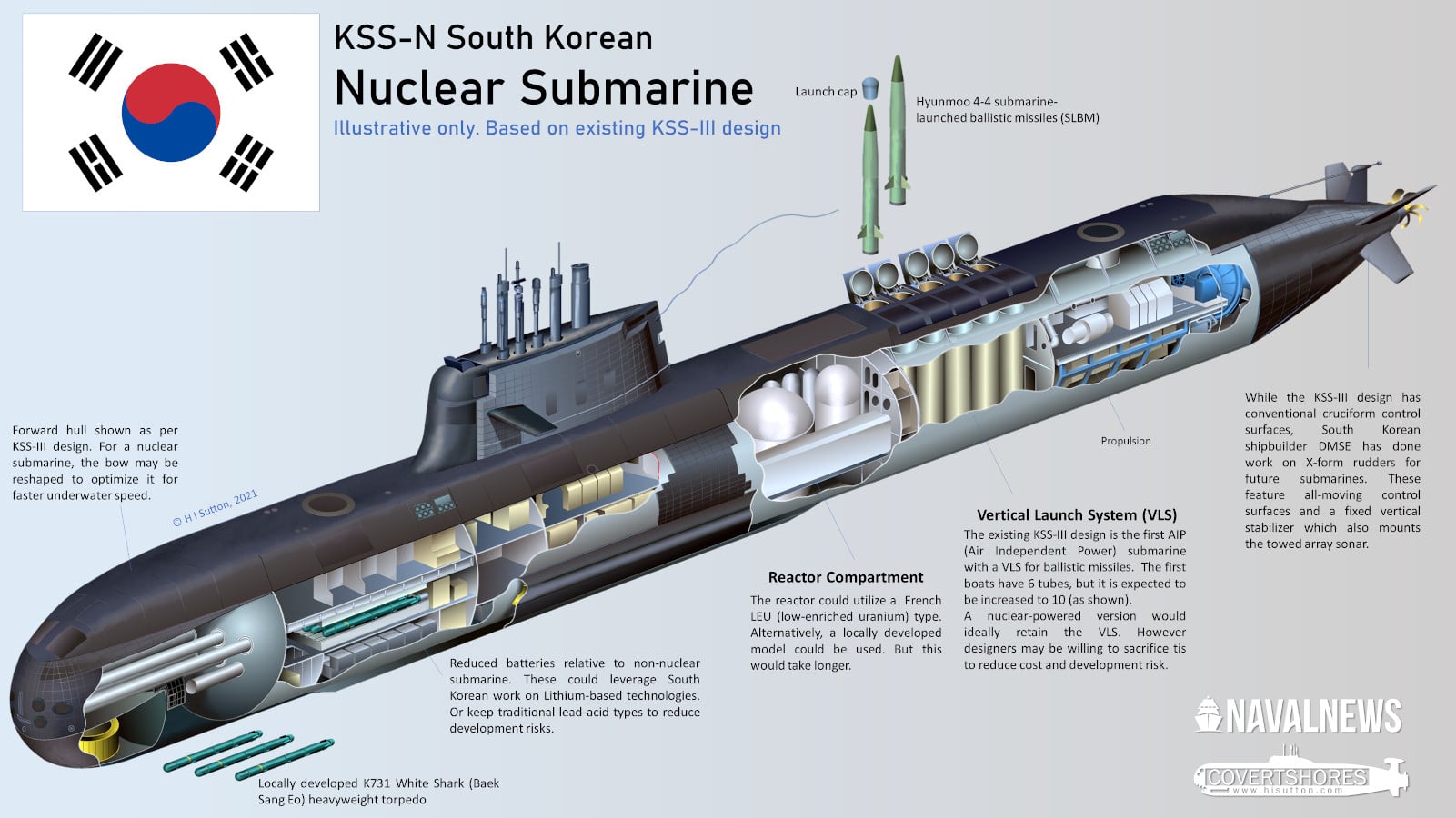While I am aware that it is going to be awhile until Canada seriously starts looking into a specific design of submarine to procure, I thought it would be an interesting to have some discussion and look at what is currently/going to be on the market to see what is suitable. I will preface this by saying that I think Canada needs a relatively high endurance conventionally powered submarine, something not especially commonly offered on the export market. Other key factors I think are risk mitigation with a mature partner who can build these boats outside of Canada, I do not see domestic production as something realistic. I won't be mentioning Spain as their submarine program has seen many flaws, missteps and issues. The UK and US would both be ideal options for building Canada conventionally powered submarines but as both powers have been out of the process for many decades, they are also off the table. In no particular order:
Germany
I think out of everybody listed here, the Germans have the most constant experience in designing and exporting modern conventional submarines. That being said, they are mainly smaller types and that experience doesn’t necessarily transfer over to a successful large high endurance diesel submarine on a 1:1 basis. The Type 216 was a German design concept pitched to Australia which might be acceptable for Canada but from what I can see, it’s nothing but a concept at this point. Norway and Germany are both partnering for the Type 212CD variant which is large and features a novel "stealth" hull shape, that is another option.
Sweden
Sweden seems like another reasonable contender with their A26 design but I do have my reservations. Their competency alongside the Australians for their past Collins class throws up some red flags while the A26 variant for Sweden itself and it’s construction has been languishing for sometime. Their experience building submarines recently has gaps and while they promise a lot on paper which looks like, I am getting some Gripen E vibes for over promising and underperforming. I am skeptical of the A26 although it might be one of the best options on paper, it is a completely untested shot in the dark.
Japan
One of the stronger contenders due to the fact their submarines are excellent on paper however, Japan itself as an exporter is a major hurdle. They have effectively no experience in exporting such large, complex and expensive pieces of military hardware especially when you have demanding nations like Canada which will likely asking for huge modifications to the original design. It’s quite the substantial leap of faith and I’m not sure Japan can pull it off effectively. I’ve heard the Japanese submarines had accommodation issues for larger western sailors alongside not really enough range for Australian sensibilities but take those with a grain of salt. Their boats themselves such as Soryuu and Taigei seem advanced and very capable but partnering with them could turn into a nightmare.
France
Although France has a soured reputation after the Attack class debacle, they are a proven exporter of basically any piece of military hardware especially submarines. Building in France could seemingly avoid many of the Attack class pitfalls and between the conventional Barracuda design and the proven Scorpène class, France has options suitable to Canada they can offer in their current or modified state. One of the major upsides I see with France is that they have experience in modifying export designs to integrate foreign tech, which is a risk mitigater potentially. There is some questions to be had due to the insane complexity and risky nature of the conventional Barracuda and the Scorpene is a very old design at its core but France is an option it seems for a mature partner.
South Korea
Seemingly the new player on the block, South Korea is starting to export smaller submarines into Asia while also working on larger domestic boats for their own Navy. There isn't the pedigree of long term export experience for submarines however, South Korea has a reputation of being reasonable and quick to build ships for foreign customers. They have already attempted to export their larger boat design to India which seems to be doing well in that competition. They seem to be the black horse in my opinion with the KSS-III/DSME-3000 design.
If there is anything I missed or anything you'd like to add, feel free!




